
Most cuts of steak are sold without the bone. This makes them much easier to work with and helps you to get consistent results. Many such steak cuts end up tender and delicious too. Yet, bone-in steak cuts are in a class of their own.
Once you get a handle on cooking these, they can be just as delicious and flavor packed as a boneless cut of steak. They may even be tastier, as the bone itself is thought to add to the taste of the meat.
There’s some debate about whether the bone really impacts taste or not (and, if it does, how much). But, even if the bone doesn’t change the flavor at all, it does affect cooking by slowing down the transfer of heat. This can help keep your steak juicy near the bone, even if you prefer it medium or well done.
Bone-in steaks are trickier to cook than boneless ones, but they’re certainly not impossible (you can even cook them on an indoor smokeless grill). And, if you’re really not confident, you could always focus on boneless steak when you’re at home, then order bone-in versions when you visit restaurants.
Bone-In Steak Cuts (With Pictures!)
T-Bone

The T-Bone is easily the most famous bone-in steak, partly because the shape of the bone is so distinctive. You’ll find this served at many restaurants and most butchers will stock it as well.
It’s an interesting cut too, as the bone basically separates two different cuts of steak – tenderloin and strip steak. Most of the time, the tenderloin section is pretty small, while the strip steak makes up the bulk of the cut.
Tenderloin and strip steak differ in their fat content, so they each cook slightly differently as well. Because the tenderloin cooks faster, it’s best to keep it further away from your main heat source. This will ensure that both halves of the steak still taste delicious.
You’ll also need to be cautious if you’re pan frying the steak. A T-bone gets a bit tricky when cooked this way, as the meat shrinks as it cooks. It pulls away from the bone as it does so and loses contact with the pain in the process.
Porterhouse

You might think that T-bones and porterhouses are the same. It’s an easy mistake to make. Many authors even list T-bone and porterhouse as synonyms for each other.
Both cuts have the same distinctive bone and offer two different cuts of steak. The difference is that the porterhouse contains more tenderloin than the T-bone. This tends to make it a larger steak as well, one you might even share rather than eating alone.
If you get the choice between T-bone and porterhouse, the porterhouse is the better choice. In fact, T-bone steaks are often disappointing, as the size of the filet mignon portion can be small indeed.
Once again, the inclusion of two steak cuts and a bone makes this a tricky steak to cook, particularly for beginners. However, you should get the hang of it before too long.
T-bone and porterhouse steaks tend to be expensive. This is largely due to supply and demand, as the cut makes up a small portion of the total meat on the animal.
The quality of the meat is relevant too. These steaks don’t just give you two different cuts of meat. You’re getting two highly desired cuts.
Bone-In Ribeye

Ribeye is a sought-after cut of steak as well, with plenty of flavor and fat. The fat makes it an easy cut of steak to cook, as you can pan fry or grill it without any issues.
The steak is chewier than some other options, like tenderloin and filets. However, it’s still fairly tender and for many the amount of chewiness is just right.
While ribeyes are normally sold as boneless cuts, you can find versions with the bone attached as well. The bone makes the steak harder to cook in the frypan and to eat with a knife and fork, but it’s not all bad. You get plenty of flavor from the bone-in version and gnawing on the bone can be fun too.
The bone-in cut is sometimes still known as ribeye, but you’ll often see it called a tomahawk steak or a cowboy steak instead. Such names aren’t surprising, as the ribeye does look pretty cool with the bone attached.
Bone-In Strip Steak

Strip steak, also called New York strip, is a common cut. While you’ll see it time and time again, you might not recognize it, as the steak goes by so many different names.
Most of the time the steak is sold as a boneless cut, making it perfect for pan frying. However, you can find bone-in versions as well. The bone adds extra complexity to the flavors of your steak, while also changing how it cooks.
Some places use the term Kansas City strip to refer to the bone-in version and New York strip for the boneless. Don’t rely on these terms though, as they’re not consistent.
If you’re particular about getting the bone, you’ll need to check with the butcher or chef to see which approach they take. If you’re ordering online or through a steak of the month club, try checking the company’s FAQs. Some clubs may even allow you to only order bone-in steaks, which makes everything much easier.
Filet Mignon

Did you know that the filet mignon can be a bone-in cut as well? This is a rare cut, partly because customers expect filet mignon to be boneless.
However, while filet mignon is an incredibly tender cut of steak, it’s also low in flavor. This is why it’s often served with bacon or some type of sauce.
Including the bone with the filet mignon helps to impart additional flavor, creating a cut that is still incredibly tender, but now tastes better as well.
A bone-in filet mignon and a bone-in strip steak might look familiar, as these are what you get if you cut a porterhouse steak roughly in half. These smaller steaks are tasty on their own and are much less unwieldy than dealing with a full porterhouse.
How Do You Cook Bone-In Steak?
Keeping the bone attached to your steak may notably improve the flavor. However, the bone makes cooking a bit more complicated too.
Follow The Usual Practices
First, most of the usual practices for cooking steak still apply to bone-in steaks. Start by bringing your steaks to room temperature, which might take half an hour or even longer. This ensures that they’ll cook evenly.
Think about seasoning too. Many people liberally season their steak with plenty of salt and black pepper. You often need much more salt than you expect – as the salt is meant to season the inside of the steak rather than just the outside.
Using a meat thermometer when cooking is crucial too. This is much more accurate than relying on how your steak looks and feels. Plus, most of the bone-in cuts are pretty expensive, so you don’t want to ruin them.
Most people also recommend letting the steak rest once it has been cooked. Doing so may allow the juices to redistribute, making the steak juicier. Bone-in steaks tend to be thick, so you may need 10 minutes or more of resting time.
However, there’s some debate about whether steak actually needs to be rested. It might not be as essential as we’ve long assumed. If nothing else, you might be able to get away with just a few minutes of resting. Why not experiment and see what tastes best to you?
Try Reverse Searing
Reverse searing is the easiest way to cook tricky pieces of steaks. The idea is to start the steak off in the oven (or in a low temperature section of the grill). You cook the steak low and slow for a while. The goal is to get it close to the desired internal temperature.
Then, once the steak is almost ready, you finish it with high heat. This approach means you can still create a delicious crust on your steak, while giving you more control over the internal texture.
Because this is a temperature-focused technique, you really will need a meat thermometer.
Don’t Be Afraid Of Flipping The Steak
There’s an urban myth that flipping your steak more than once will dry it out. This isn’t true. You can flip the steak as many times as you like.
Flipping more frequently has benefits too, as it helps to give you an even crust.
Plus, you can flip and rotate the steak to control which parts are closest to the heat source. This is particularly important for T-bones and porterhouse steaks, as they have two different types of meat and will cook unevenly.
Be Careful With Pan Frying
You can pan fry bone-in steaks and there are plenty of guides for doing so. However, if you’re new to cooking steak, it’s best to start with boneless steaks instead.
One problem is that the bone has an insulating effect, so meat that’s close to the bone will cook differently than meat that isn’t. This can sometimes be frustrating and could mean that some of your steak matches your preferences perfectly, while other parts don’t.
Meat also tends to shrink as it cooks. This can make it pull away from the bone. Sometimes, the bone will stay in contact with your cooking pan, while the meat itself doesn’t. This makes it harder to reach your desired doneness.

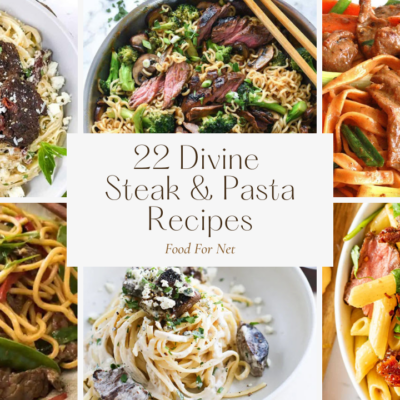
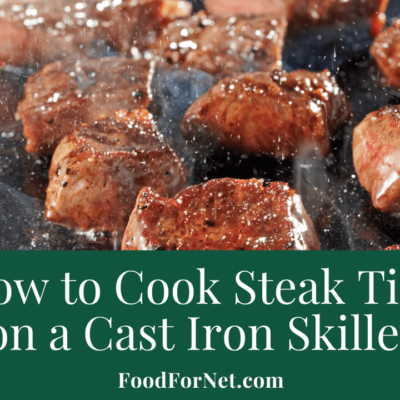
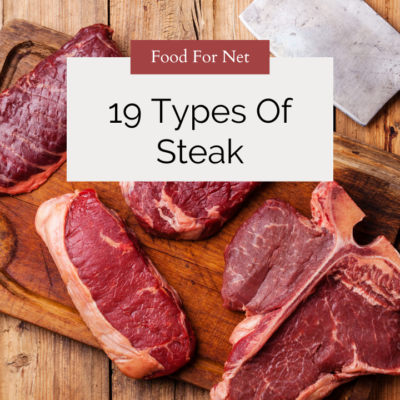
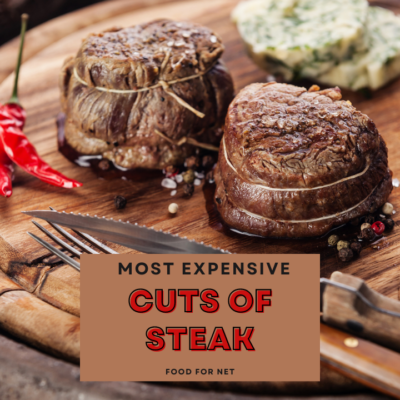

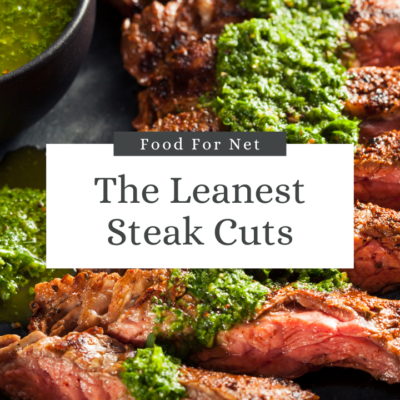
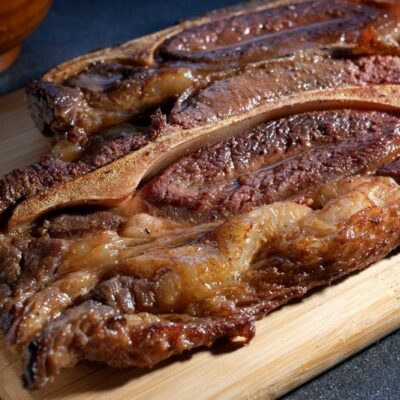
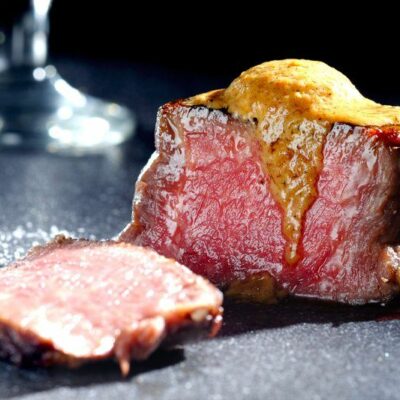
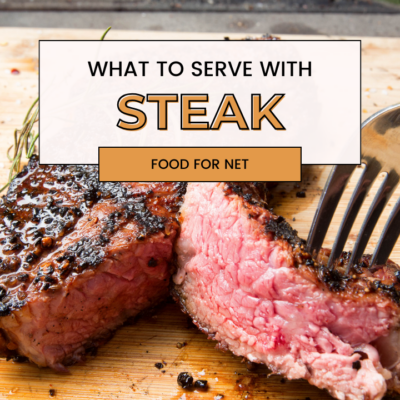
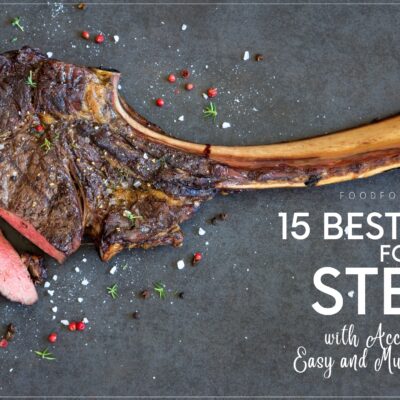
 7 Most Expensive Cuts Of Steak
7 Most Expensive Cuts Of Steak
Leave a Reply